8. Spider-Man
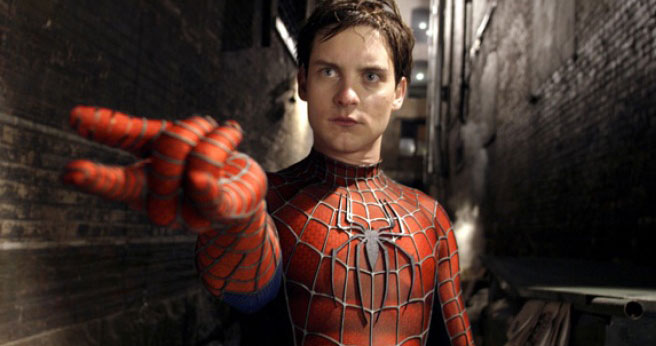
Everyone knows the story of Spider-Man: teenage nerd Peter Parker gets bitten by a radioactive spider while on a school trip, gains spider powers from this somehow, and becomes a superhero–all while navigating the pitfalls of adolescence, romance, and battling dangerous nemeses.
The Spider-Man property has long been eyed for adaptation to the big screen, and in 2002 Raimi directed the first of a trilogy of the web-slinger’s adventures. The results? Spider-Man became the first film to pass the $100 million mark in its opening weekend, going on to become the 7th highest-grossing film of all time (back then; now it stands at 53rd).
Garnering near-universal critical praise, particularly for casting Tobey Maguire to play Parker and creating a faithful origin story. While the superhero film was considered dead after the disappointing Batman & Robin in 1997, the success of Spider-Man single-handedly resurrected the genre, now to the point where yearly high-budget superhero films are all but guaranteed to be giant blockbusters.
As for the film itself, Raimi was possibly the best choice to adapt Spider-Man due to his own kinetic sensibilities, sense of humor, and outre directorial style. A perfect match between director and subject, Raimi’s signature style led to giant mainstream success and secured the director’s place in the mainstream.
7. Darkman
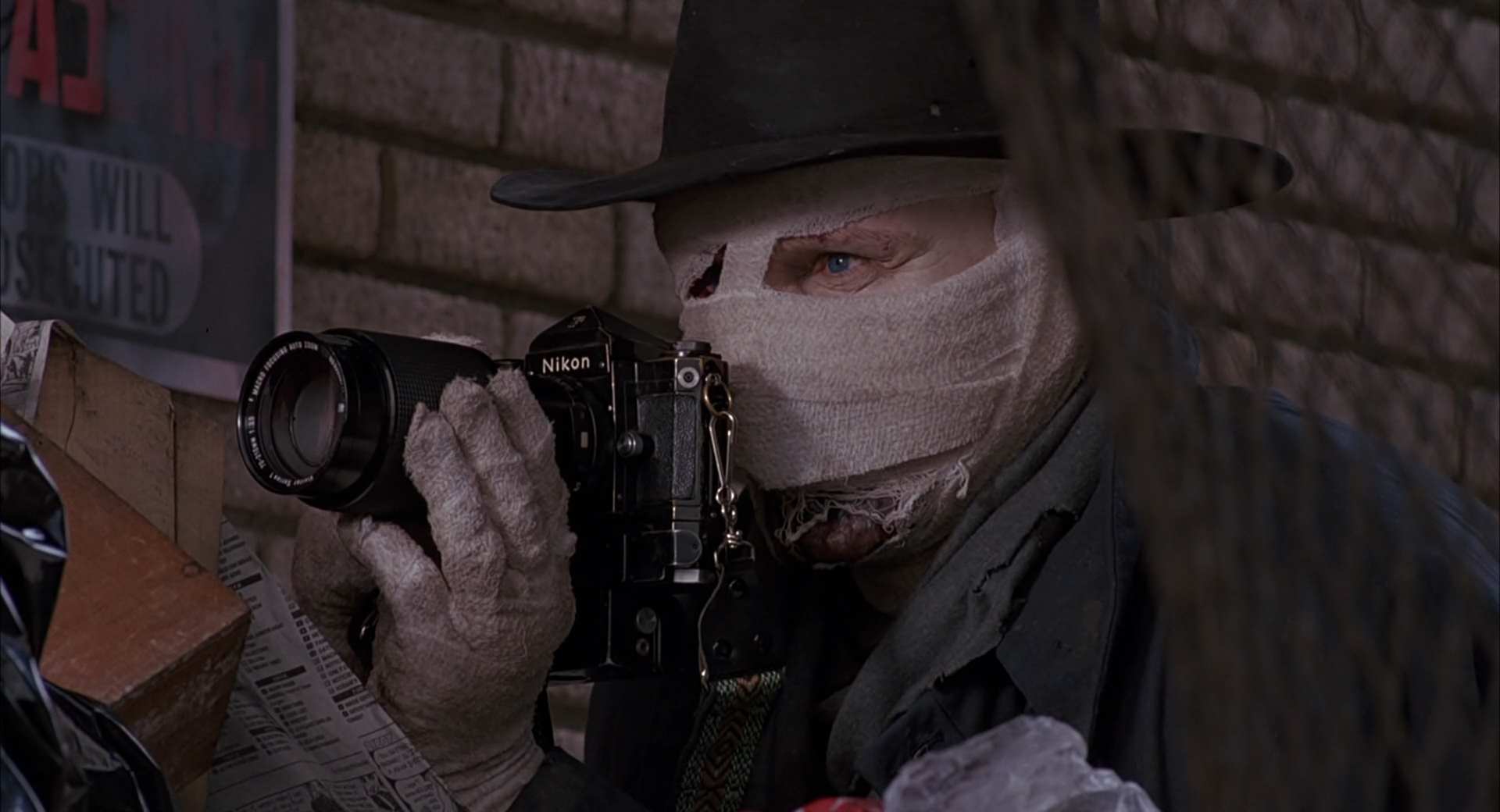
But Spider-Man wasn’t the director’s first attempt at making a superhero film: over a decade before bringing Your Friendly Neighborhood Spider-Man to the big screen, Raimi created his own superhero called Darkman.
After developing a synthetic skin that only lasts as long as it’s not exposed to light, Dr. Peyton Westlake is disfigured and burned horribly by mobsters who destroy his lab. Gaining super strength but losing all tactile sensation from a procedure that saves his life, Dr. Westlake uses the synthetic skin he developed to disguise himself and assume the identities of the gangsters that left him for dead while also trying to reconcile his relationship with his girlfriend, who thought he had perished.
Raimi’s tribute to the Universal horror films of the 1930s was a modest hit at the box office and eventually gained a cult following, with two sequels and a host of merchandise being produced about the character. Featuring plenty of Raimi’s blend of comedy and horror and capturing the feel of a comic book years before he would adapt Spider-Man, Darkman is an early hint at the major success Raimi would find in the superhero genre.
6. Drag Me to Hell
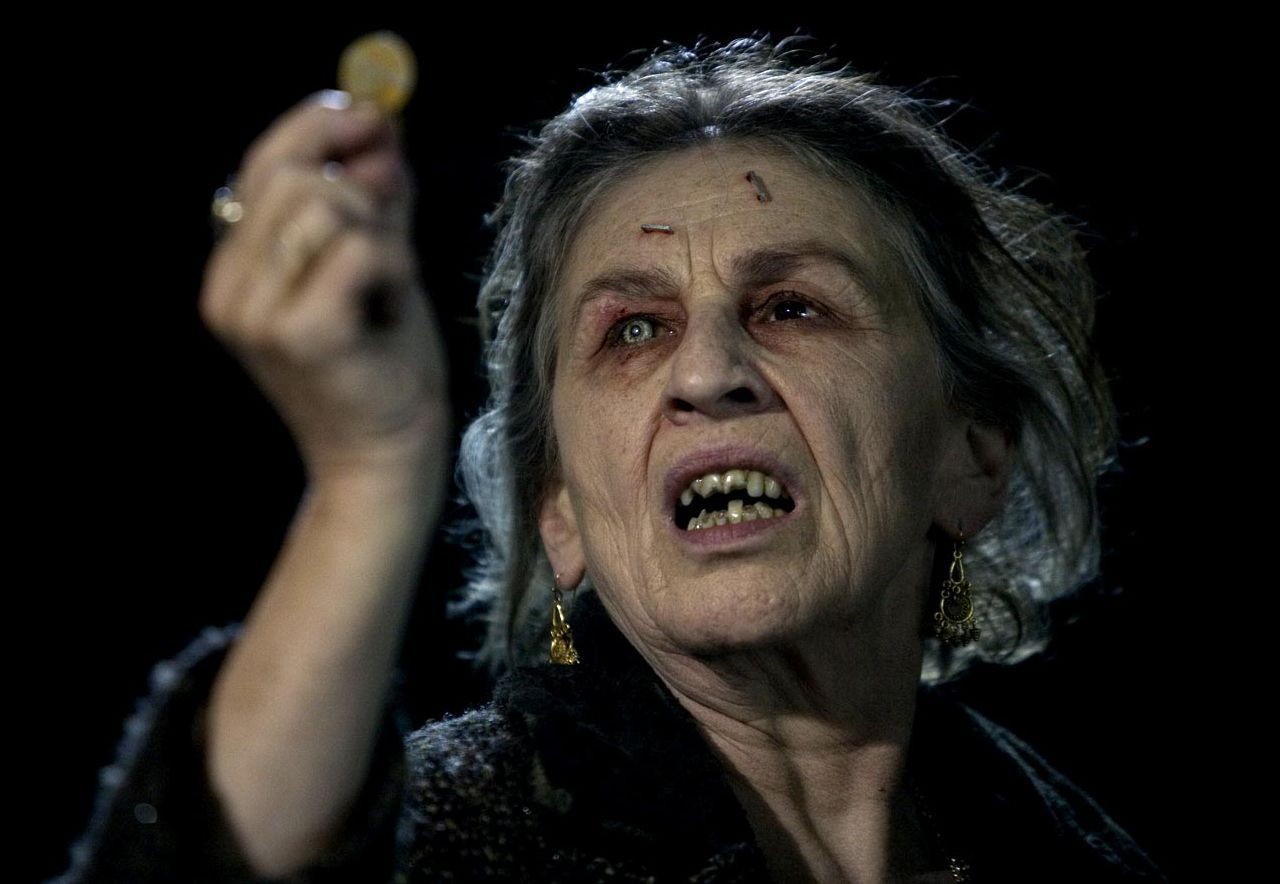
Outside of the Evil Dead franchise, Raimi has been selective in his horror output: perhaps having that sort of legacy to live up to would make anyone nervous to fail in a genre that your work has had such an impact on. But he found another hit with his original horror film, Drag Me to Hell.
After a loan officer, under pressure from her boss to be tougher with her clients, doesn’t extend a Gypsy woman’s mortgage, the Gypsy places a curse on her that dooms her to hell within 3 days.
Soon after this curse is placed on her, the young woman begins to be haunted by a demonic spirit. Desperate to rid herself of the curse, she attempts a seance with the help of fortune teller, but the demon is only temporarily halted. She has to get rid of the cursed object that the demon’s following–one of her buttons–but she should really keep track of the envelope she placed it in…
Garnering both critical acclaim and a box-office hit, Drag Me to Hell was a triumphant return to the genre by one of its most unique practitioners. Employing his ability to mix horror and camp humor elements, Raimi produced yet another winning, original horror film. His use of CGI is both subtle and effective throughout, and its PG-13 rating doesn’t hamper its effectiveness as a horror film.
Displaying the hallmarks of a more mature filmmaker, Drag Me to Hell effectively shocks the audience without becoming too gory, instead using suspense and psychological horror to build the dread of being followed by an unstoppable force.
5. Spider-Man 2
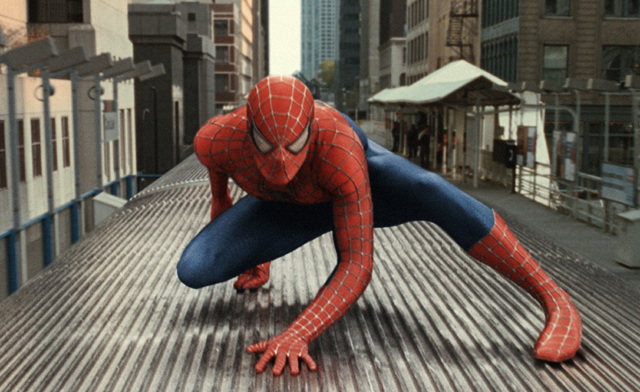
With a solid first film under its belt, Spider-Man 2 doesn’t have to waste any of its running time on an origin story, instead being able to blend both the struggles of Peter Parker as a working college student by day and the city’s greatest hero by night. But Peter’s having a hard time balancing a normal life with his superhero one, and after he finds out Mary Jane has become engaged to Jonah Jameson’s son, he begins to lose his confidence–along with his powers.
Meanwhile, nuclear scientist Otto Octavius, who wears robotic tentacle arms powered by AI to help his work, finds himself fused to the device after an accident, becomes mentally unstable, and begins to hunt Spider-Man. While Parker gives up his alter ego to live a normal life for a while, he is drawn back into service to save Mary Jane from Doc Ock’s clutches.
As mentioned, without having to spend time setting up the character or his rise to becoming Spider-Man, the sequel gets right to the story, and it’s representative of the multiple storylines, action set pieces, and character beats that the comic book was known for.
Having proven himself with the first movie, Raimi gets to flex his directorial muscle in this film, letting loose many techniques from his bag of tricks and creating a dynamic film filled with striking cinematography and even some echoes of his low-budget horror movie days. A well-balanced but diverse Spider-Man film, it’s the best of the trilogy and one of the finest superhero films ever made.
4. The Evil Dead
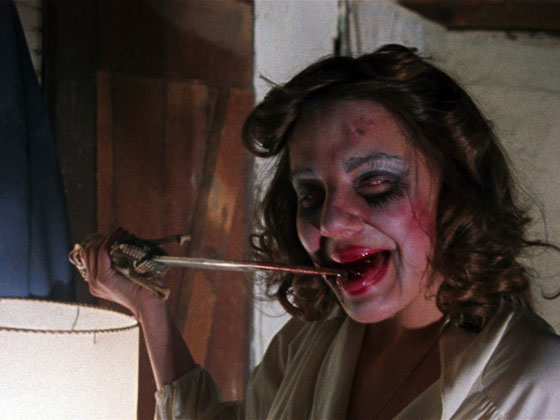
Raimi’s breakthrough film would end up having the longest legs of all his work: The Evil Dead is a classic horror movie that has since been remade and spawned a TV series. Made for just $90,000, it was a groundbreaking horror film and is now considered one of the best ever made in the genre.
The story’s well-known by now: a group of friends vacation in a remote cabin in the woods but after finding an audiotape and a Book of the Dead that releases malevolent spirits, members of the group become possessed by these demons, which leads them to kill each other–either purposely or in self-defense–while the forest itself seems to come to life.
This gory film filled with black humor was miles from the typical slasher films that were popular at the time, and The Evil Dead was a relative financial success upon its release in 1981. But once it hit the home market it became a cult classic, establishing both Raimi and Bruce Campbell a sizeable loyal following.
Raimi unleashed all of the camera tricks and angles he could think of in this film, his kinetic approach to the horror genre was never seen before in the genre. Spawning a massive media empire that continues to this day, The Evil Dead is one of the most influential horror films ever made and is still held in high regard, now nearly 40 years after its release.
3. A Simple Plan
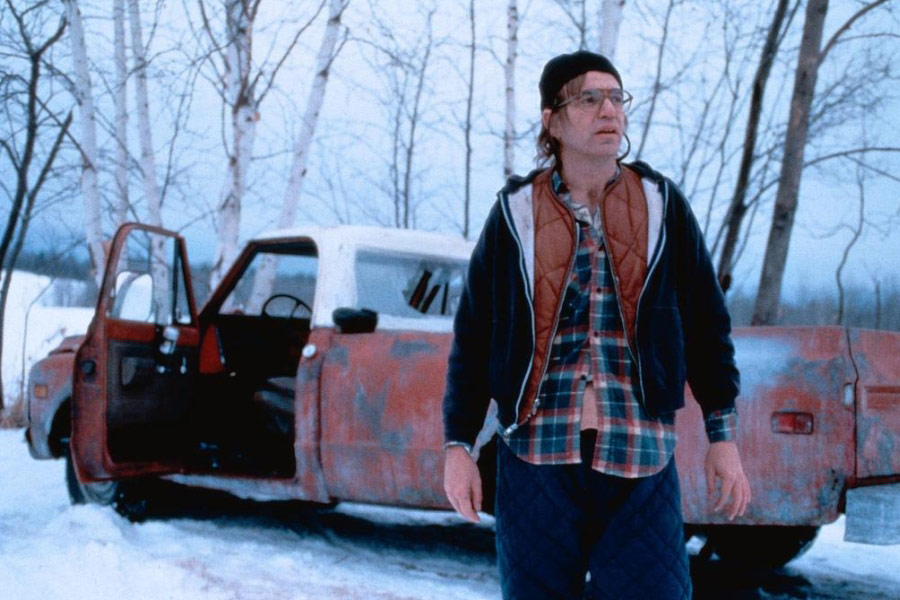
In rural Minnesota, two brothers (Bill Paxton and Billy Bob Thorton) and a friend find a crashed plane containing $4.4 million dollars. They attempt to conceal their discovery but begin to mistrust each other and are pursued by an FBI agent. Eventually, events come to a tragic end and finding the money ends up being the worst thing that could ever have happened to any of them.
This neo-noir thriller was a hot property that was being developed as a movie even before the novel it’s based on was released; but after a number of industry conflicts it fell into endless turnaround until Raimi took the reins.
While not a box-office hit, it was met with critical acclaim and nominated for Best Original Screenplay and Best Supporting Actor nominations at the Academy Awards.
Raimi’s direction was widely praised, which is interesting since it’s arguably his most restrained effort to date: working closely with director of photography Alar Kivilo, Raimi wanted to capture the gray-skied isolation and snow-covered starkness of rural Minnesota. The result is a tense visual style that captures the explosive drama and interpersonal conflicts between the characters as their situation unravels.
Raimi’s most controlled film is also one of his best and proof that he doesn’t need to throw in extreme angles, kinetic camerawork, and over-the-top comedy-horror to make a great film.
2. Army of Darkness
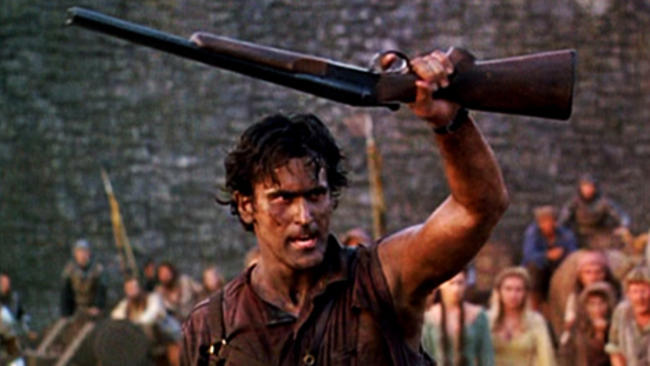
If there’s one thing that Raimi will be remembered for in film history, it’s his creation of the Evil Dead franchise. Starting from a low-budget horror movie and growing into an expansive empire that includes action figures, deluxe reissues on DVD and Blu-Ray, comic books, a remake, and a television series, Evil Dead and its subsequent films have become more than just a cult but part of pop culture.
And the most memorable part of the franchise, aside from the Deadites, is the character Ash Williams. Oft-quoted and admired by fans for his increasingly smug, macho, and alternately goofy and badass attitude as the series went on, Ash is the everyman hero who has just had it up to here with the primitive screwheads he has to deal with throughout his adventures.
In the third film of the Evil Dead trilogy, Ash finds himself (and his Oldsmobile) transported to the Middle Ages, where he’s taken prisoner by a local Lord’s army. But after killing a Deadite, he becomes a hero to the people. Ash is tasked with finding the original Necronomicon and repeat the necessary words (“Klaatu barada nicto”) over it to banish the Deadites and presumably send him home.
Along the way, he experiences a battle with himself at a mill one night and then, upon finding the right book, forgets the right words to say, which raises an army of the dead, led by a zombie version of himself that he killed the night before.
There’s a lot more to the story, but if you haven’t seen this film and you’re a fan of Raimi or the Evil Dead property, you must. This film allows for Ash as a fully realized character to play off of other people–and people he finds backwards and repulsive, to boot. Arrogant, short-tempered, and dismissive, Bruce Campbell plays Ash to perfection as a comic-heroic character. For every screw-up he has, it seems Ash redeems himself in the audience’s eyes by saying or doing something unbelievably cool the next moment.
With a bigger budget than the first two Evil Dead films combined, Raimi fully shows off his directorial abilities, with swooping cameras, tight action-filled montages, and slapstick horror sequences, including a well-done homage to Ray Harryhausen in the culminating battle. The last film in the Evil Dead trilogy, Army of Darkness is the second-best film in it but the biggest one in terms of scope. In a word: groovy.
1. Evil Dead II
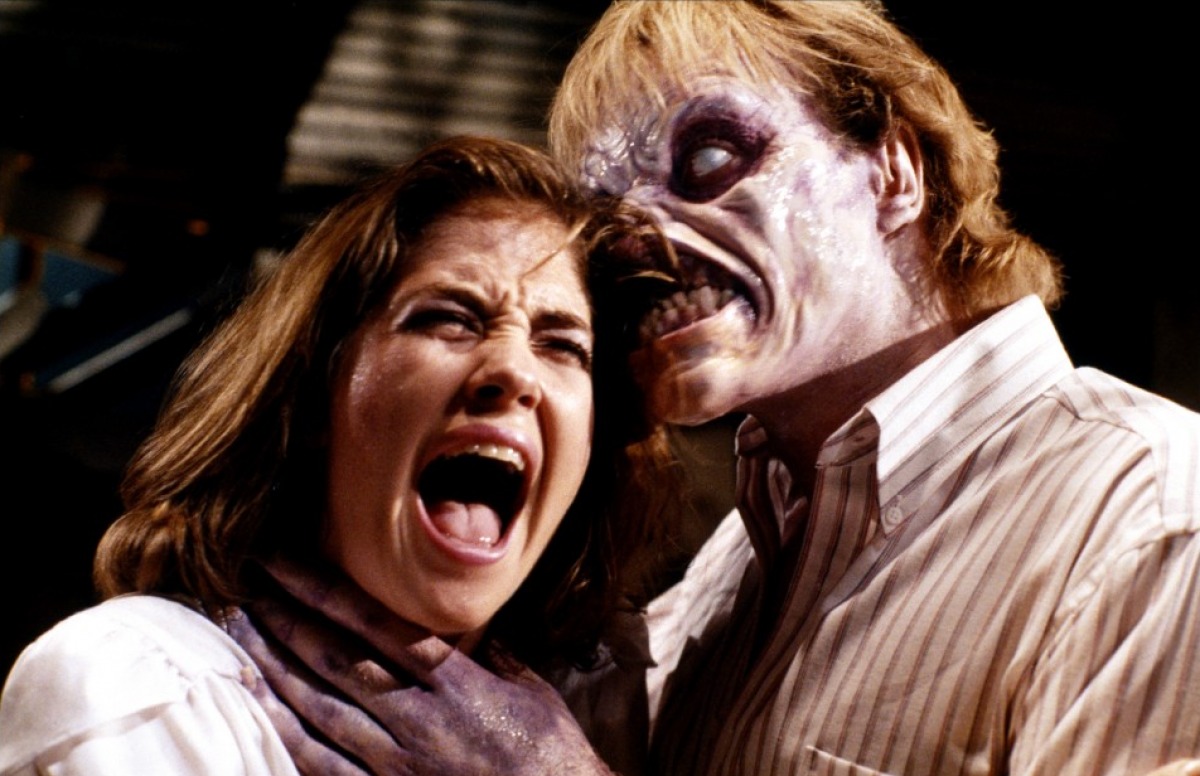
Here it is: the best movie Sam Raimi ever made (so far). Evil Dead II took the brilliant germ of an idea the original had and exploded it into a dozen different directions. Deftly combining comedy and horror, a trait that would follow Raimi throughout his career, Evil Dead II is a technical masterpiece, showing that the director could make as much as possible out of a limited budget.
The plot’s not much: retroscripting The Evil Dead to only involve Ash and his girlfriend, the film picks up right where the original left off, now with Ash stranded at the cabin by himself. Fighting the tormenting Deadites and going slightly mad in the process, a small group shows up at the cabin–including the original archaeologist’s daughter who first found the Book of the Dead–who quickly fall prey to possession.
We also get to see the version of Ash that fans would come to love: a take-charge arrogant badass who’s always ready with a salty quip. Campbell comes to his own in this film, and Raimi gets to show off his over-excited style, creating memorable scenes within the cabin that are both funny and unnerving all at once. Beginner filmmakers and cinephiles alike will find a treasure of admirable techniques and ideas that literally bring to life a small cabin in the woods.
Evil Dead II is an eternal cult classic, and moreso crystallized the style and appeal of one of the most popular and beloved horror franchises that continues to this day.
Author’s Bio: Mike Gray is a writer and academic from the Jersey Shore. His work has been featured on Cracked and Funny Or Die, and he maintains a film and TV blog at mikegraymikegray.wordpress.com.